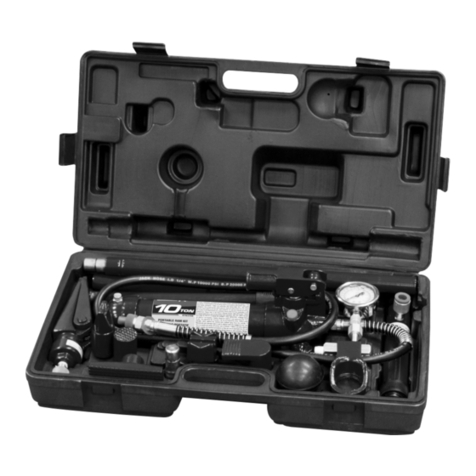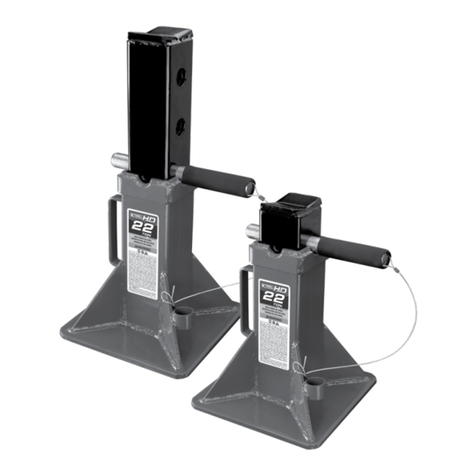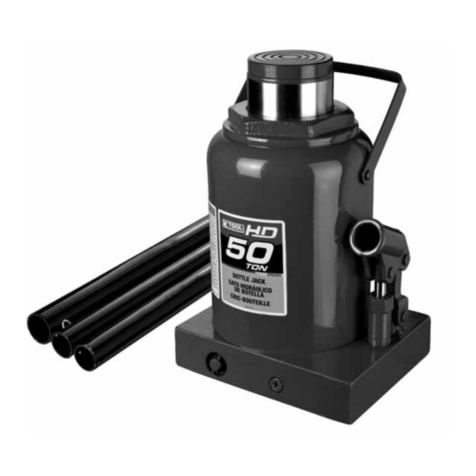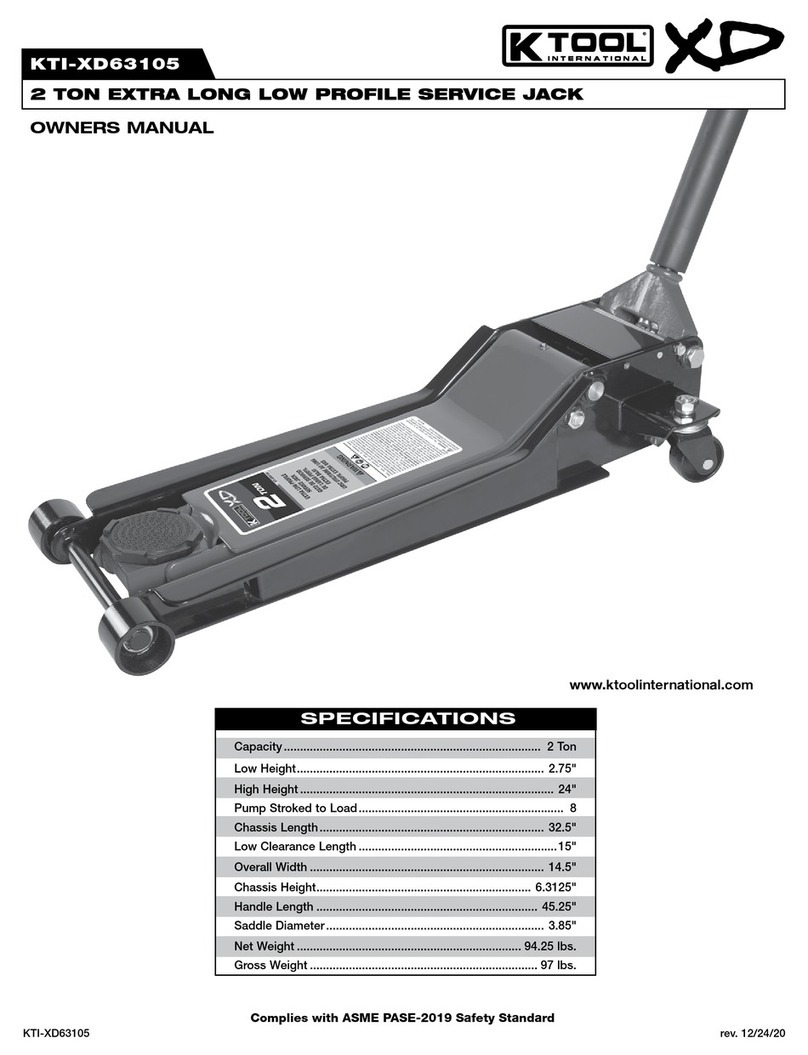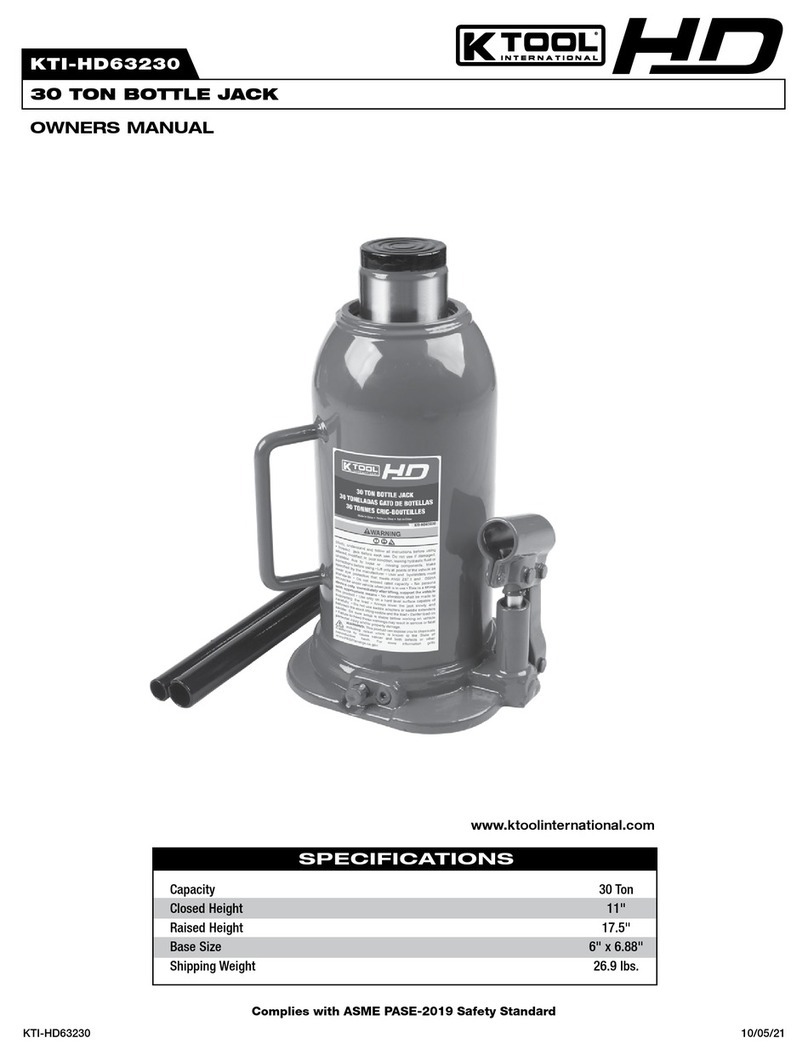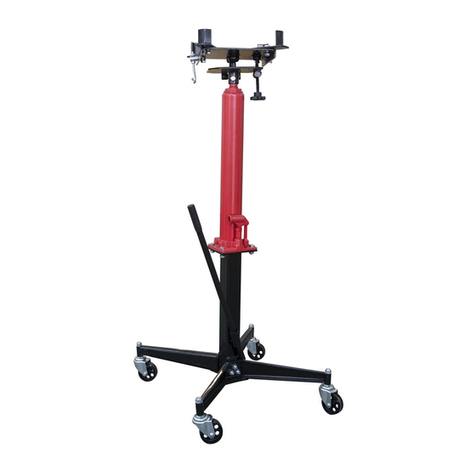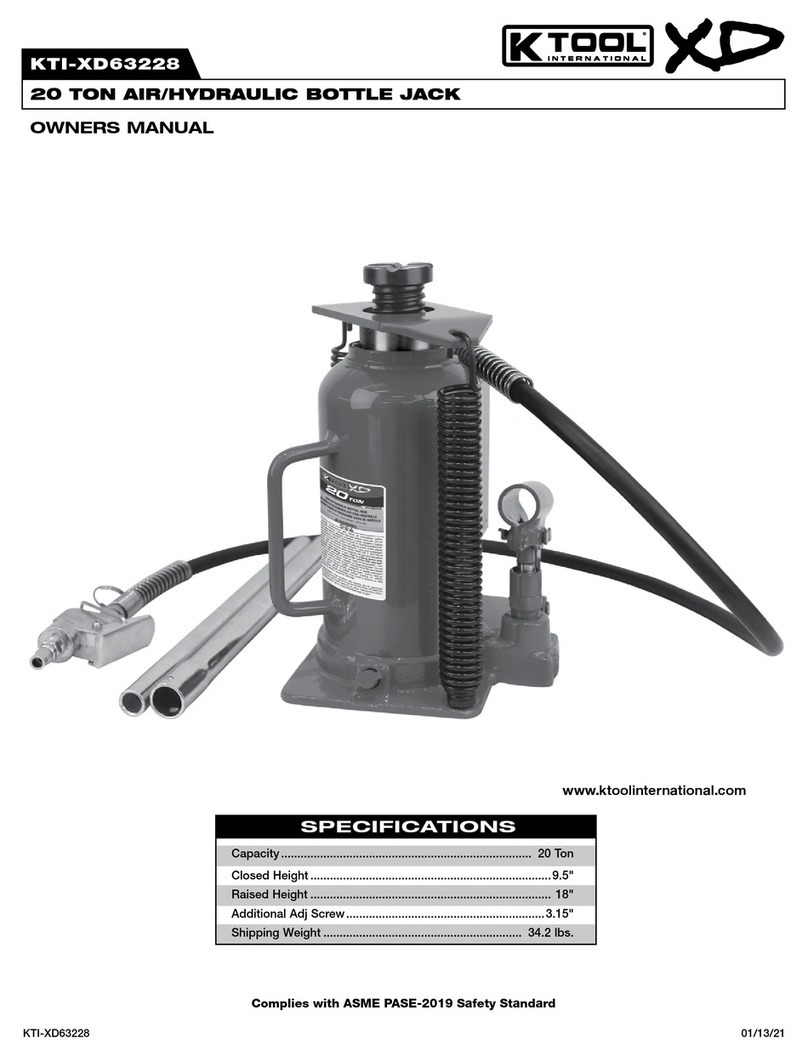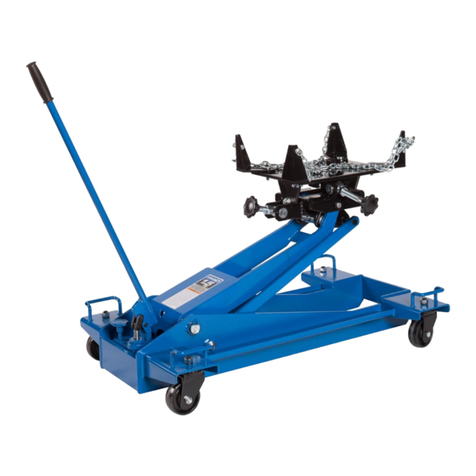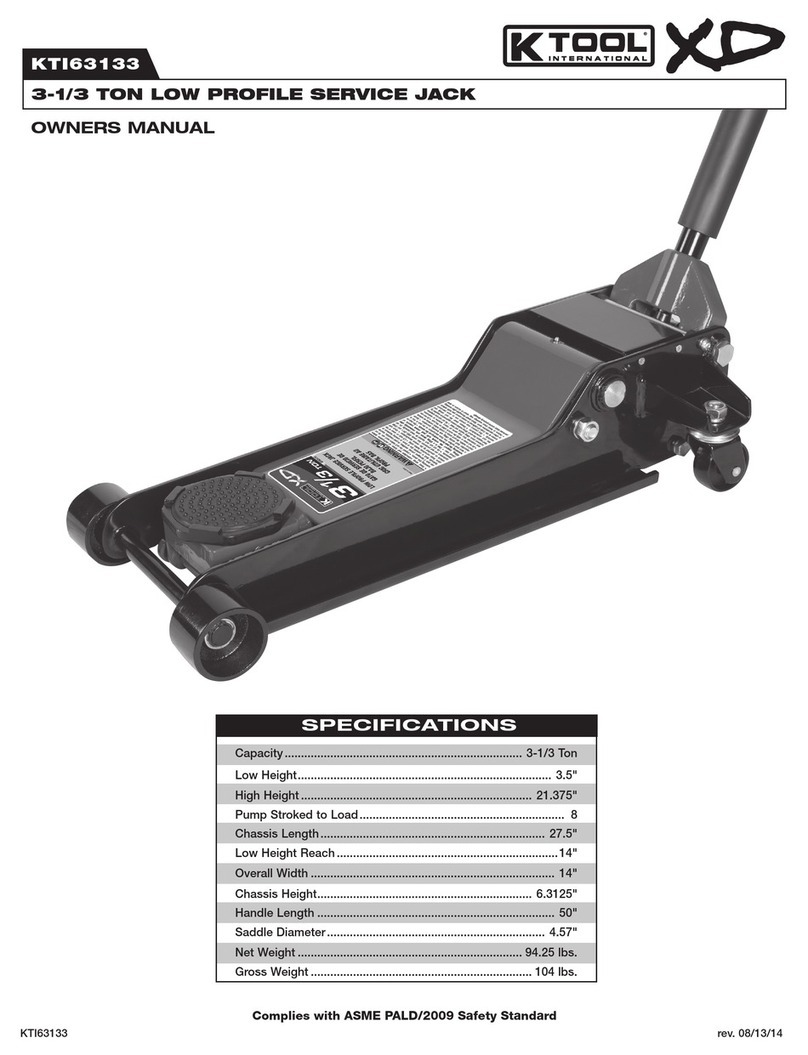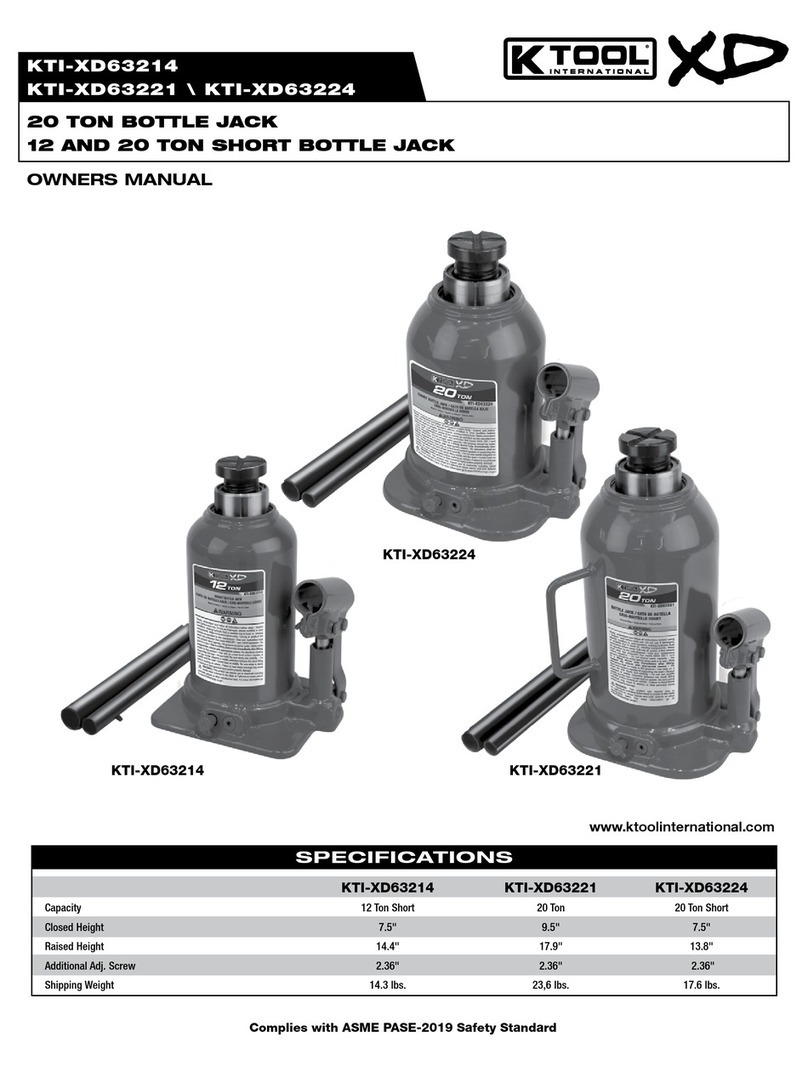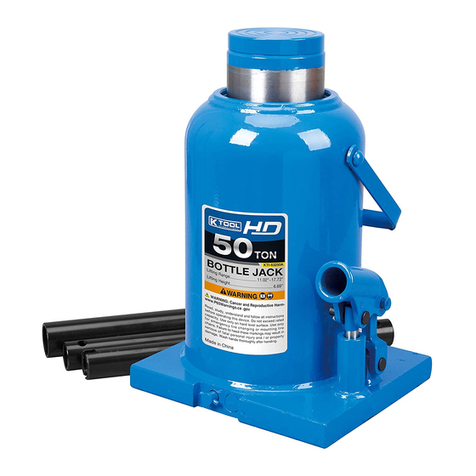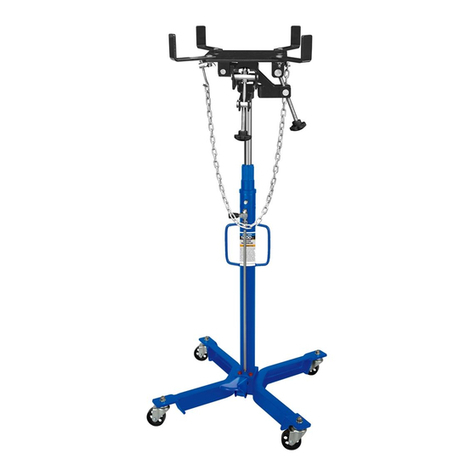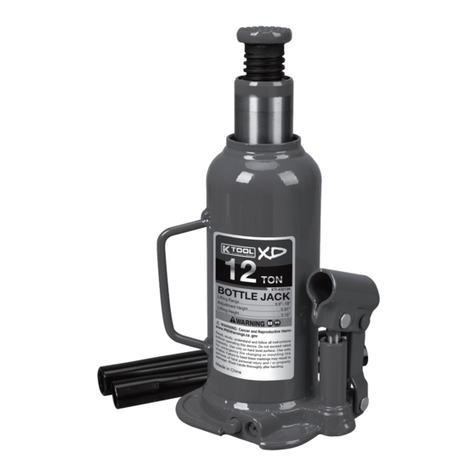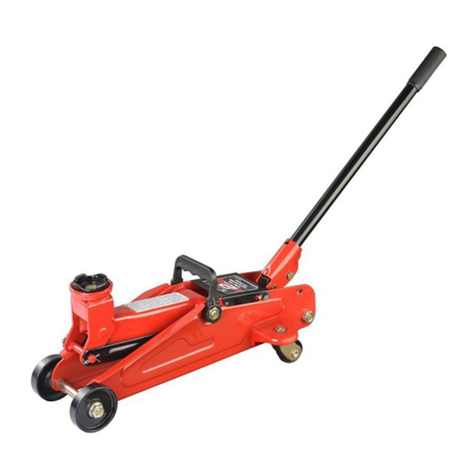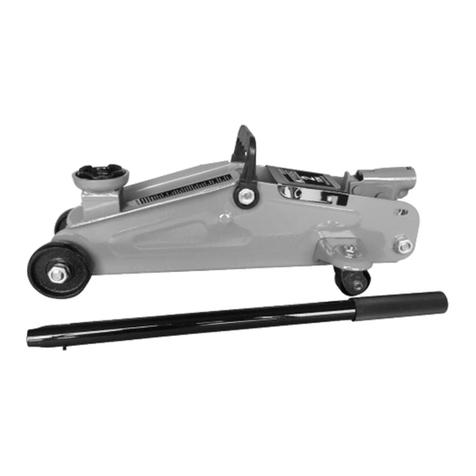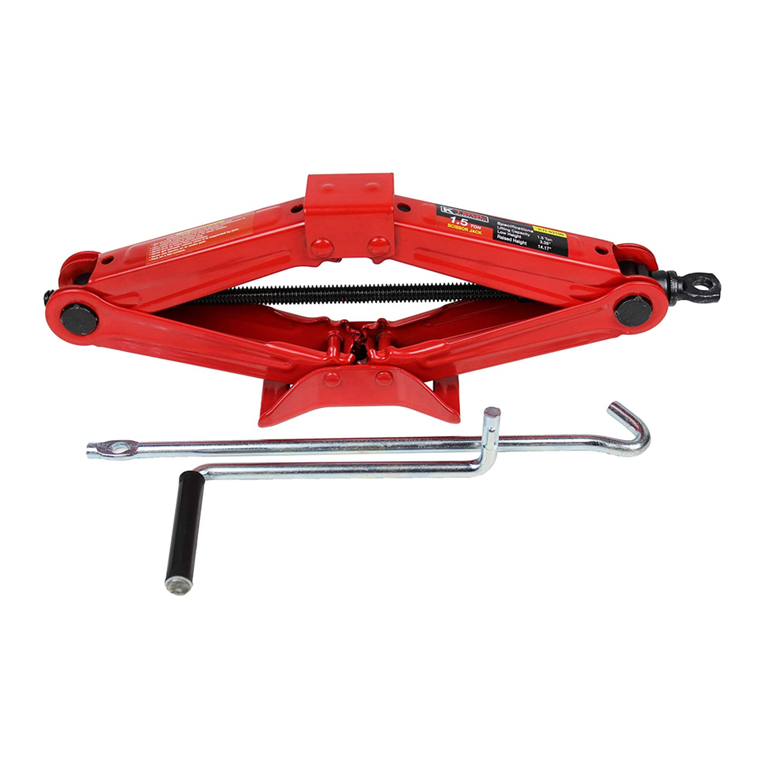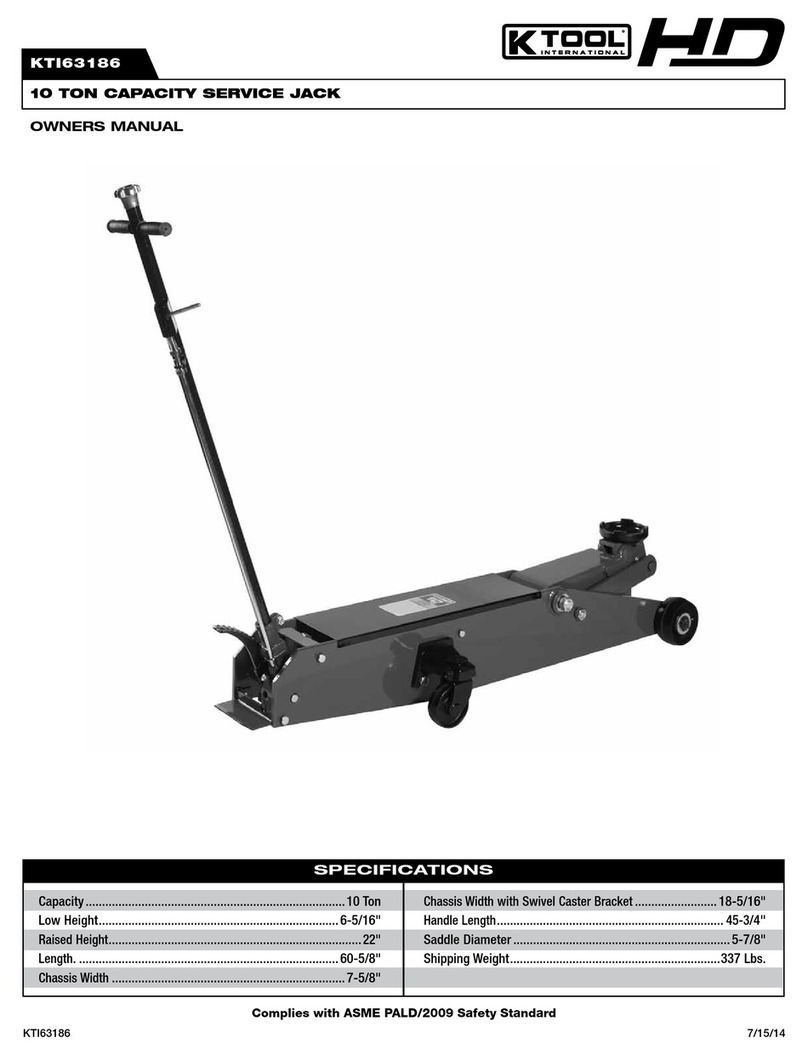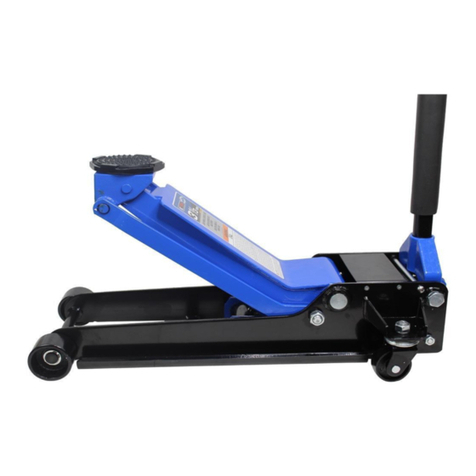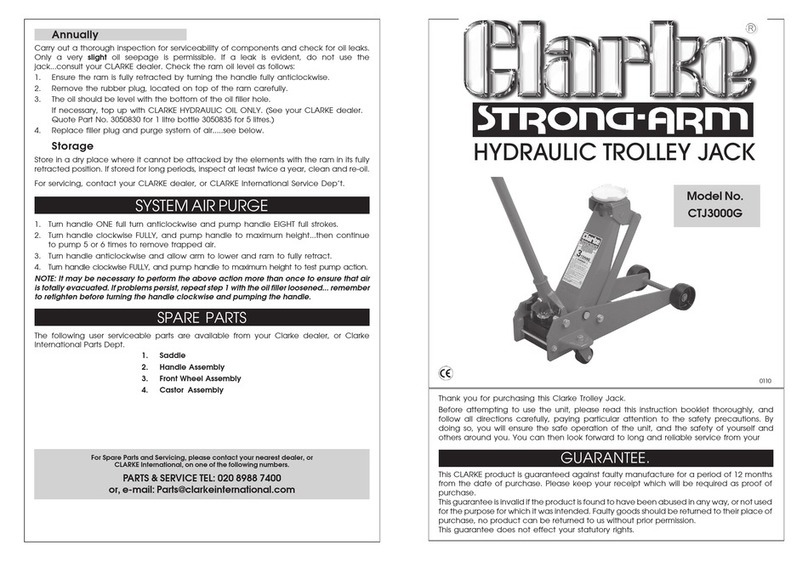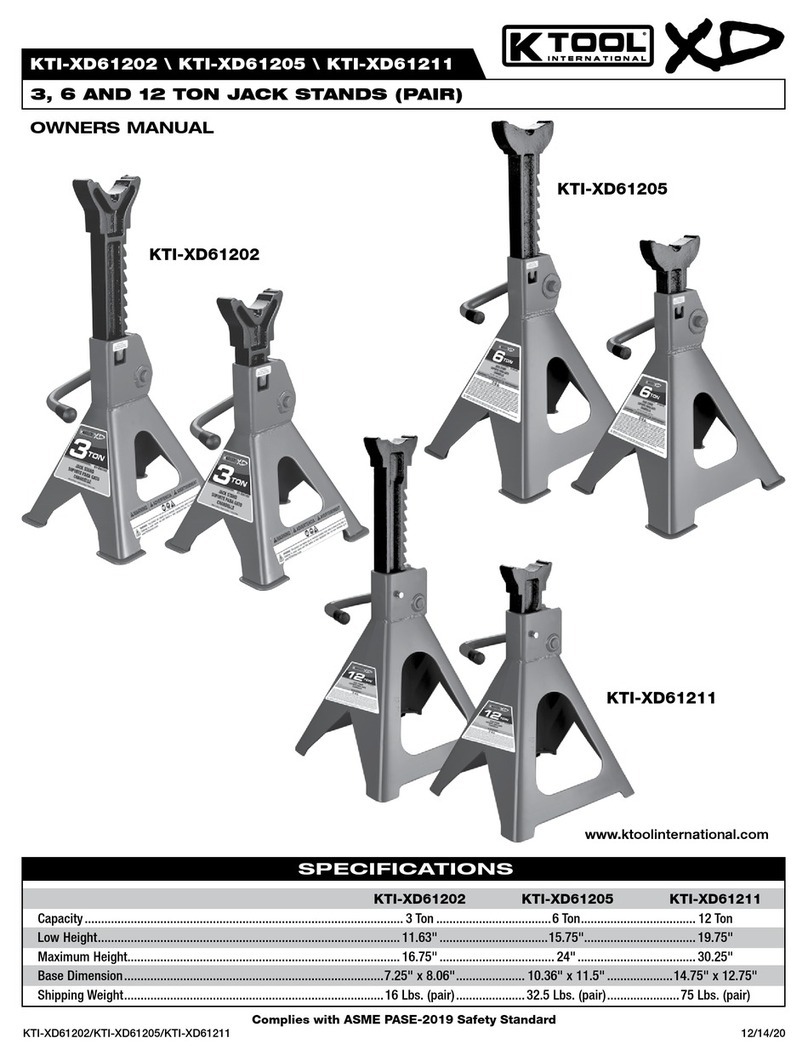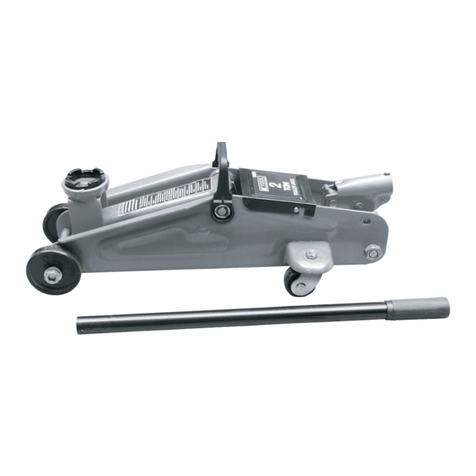
SETUP
PLEASE REFER TO THE EXPLODED VIEW DRAWING IN THIS MANUAL IN ORDER TO IDENTIFY PARTS.
1. Remove the screw (19) on upper handle (32), then insert the upper handle (32) into the lower handle (18), insert the screw (19) and
tighten it.
2. Remove the R pin (22) and nut (23) on the pin (21), insert the pin (21) through the holes on the lower handle (18), then screw on
the nut (23).
3. Connect the pin (21) with the extension rod (25) on upper handle (18) and tighten the nut (23).
4. Put the R pin (22) back on the pin (21).
5. Remove the bolt (06) on the handle socket (10).
6. Insert the lower handle (18) in the handle socket (10) and simultaneously insert the pin (21) in the guide holes on handle socket
(10).
7. Pull the lock lever (28) upwardly to prevent the pin (21) from touching the handle socket (10).
8. Rotate the release knob (31) back and forth until the bottom of the handle assembly engages with the cable inside when they are at
the bottom of the handle socket (10).
9. Move the handle assembly up and down while simultaneously pushing down the lock lever (28) until the pin (21) engages any one
of the locating holes on the handle lock (07). There are three holes totally on the handle lock (07).
10. Air valve (38) and air hose (37) are with a clasp which can make them fixed on the L-shaped hook.
11. Fix the air valve (38) and the air hose (37) on the handle assembly while connecting the air valve (38) with the air source.
12. Due to the vacuum release system design of this jack, the jack’s hydraulic system very rarely becomes air bound. Indication of an
air bound system is a ram that does not rise smoothly. In some extreme case of an air bound system, air can be purged by
following this procedure:
PURGING AIR FROM THE HYDRAULIC SYSTEM
a. Turn and open the release knob (31) with two circles in a counter-clockwise direction.
b. Depress the control lever on air valve assembly (38) for 30 seconds.
c. Turn and close the release knob (31) in a clockwise direction until being tightened.
d. Depress the control lever on air valve assembly (38) until the piston rod reaches its maximum height.
e. If the problem continues, repeat the steps from “a”to “d”several times until all air is purged from the system.
OPERATING INSTRUCTIONS
This is the safety alert symbol used for the OPERATING INSTRUCTIONS section of this manual to alert you to potential
personal injury hazards. Obey all instructions to avoid possible injury or death.
IMPORTANT: Before attempting to raise any vehicle, check vehicle service manual for recommended lifting surfaces.
1. Become familiar with the identification and function of the operating jack components.
a. The ram (P24) is the shaft that comes out of the jack when you rotate the air lever to the right.
b. The ram (P24) is equipped with an extension screw which can be unscrewed to extend from the ram if there is not enough hydraulic
stroke to raise the load to the desired height. If additional height is required, extension adapters can be inserted in the hole on top
of the extension screw.
c. Larger diameter saddles can be inserted in the extension screw when requiring a larger diameter saddle surface.
2. Chock the vehicle's tires that will not be lifted off the ground prior to lifting the vehicle and if available, apply the emergency brake or
any other method of braking.
3. Position the jack at the designated lift point. Estimate the required ram travel to raise the vehicle to the desired height. If the desired
vehicle height exceeds the entire ram travel, unscrew the extension screw to make up the difference and add an extension adapter if
necessary.
4. Lock the handle in a position that will not interfere with the vehicle when raised or lowered. Keep the handle in that locked position until
the work is completed and you are ready to remove the jack from use.
5. With the jack in the lowered position, push the jack under the vehicle. IMPORTANT: Use the vehicle manufacturer's recommended
lifting procedures and lifting points before lifting loads.
6. In most cases 100psi input air pressure (do not exceed 200 psi) will lift the maximum capacity load not to exceed 22 tons. Rotate the
air lever to the right until the top of the ram comes close to the designated lift point. Make sure the designated lift point is flat, parallel
to the ground and free from grease, any kind of lubricant, and debris. Proceed with pumping the jack in order to lift the vehicle to the
desired height. During lifting, inspect the position of the jack in relation to the ground and the ram in relationship to the load to prevent
any unstable conditions from developing. If conditions look like they are becoming unstable, slowly lower the load and make
appropriate setup corrections after the load is fully lowered.
7. When the vehicle or load is lifted to its desired height, immediately place safety support stands (jack stands) in their designated
locations and adjust the stands' support columns up as close to the designated vehicle support points as possible. Although jack
stands are individually rated, they are to be used in a matched pair to support one end of the vehicle only. Stands are not to be used to
simultaneously support both ends or one side of a vehicle. Rotate the air lever to the left to lower the vehicle onto the safety support
stands (jack stands). Make sure the vehicle is safely supported by the safety support stands' (jack stands) saddles and not the locating
lugs of the saddles. Inspect the relationship of the safety support stands (jack stands) with the ground and the safety support stand
(jack stand) columns and saddles with the vehicle to prevent any unstable conditions. If conditions look unstable, rotate the air
